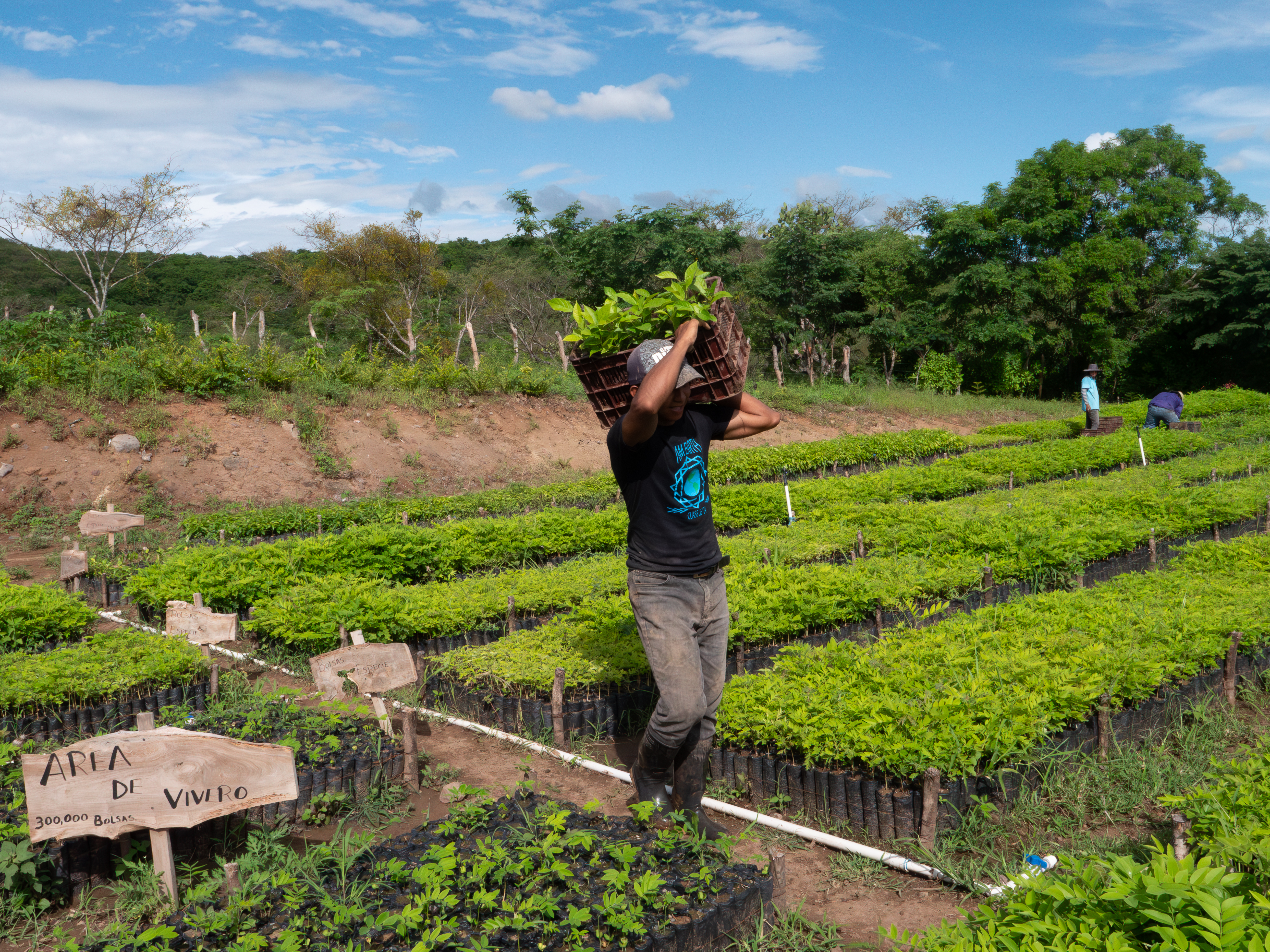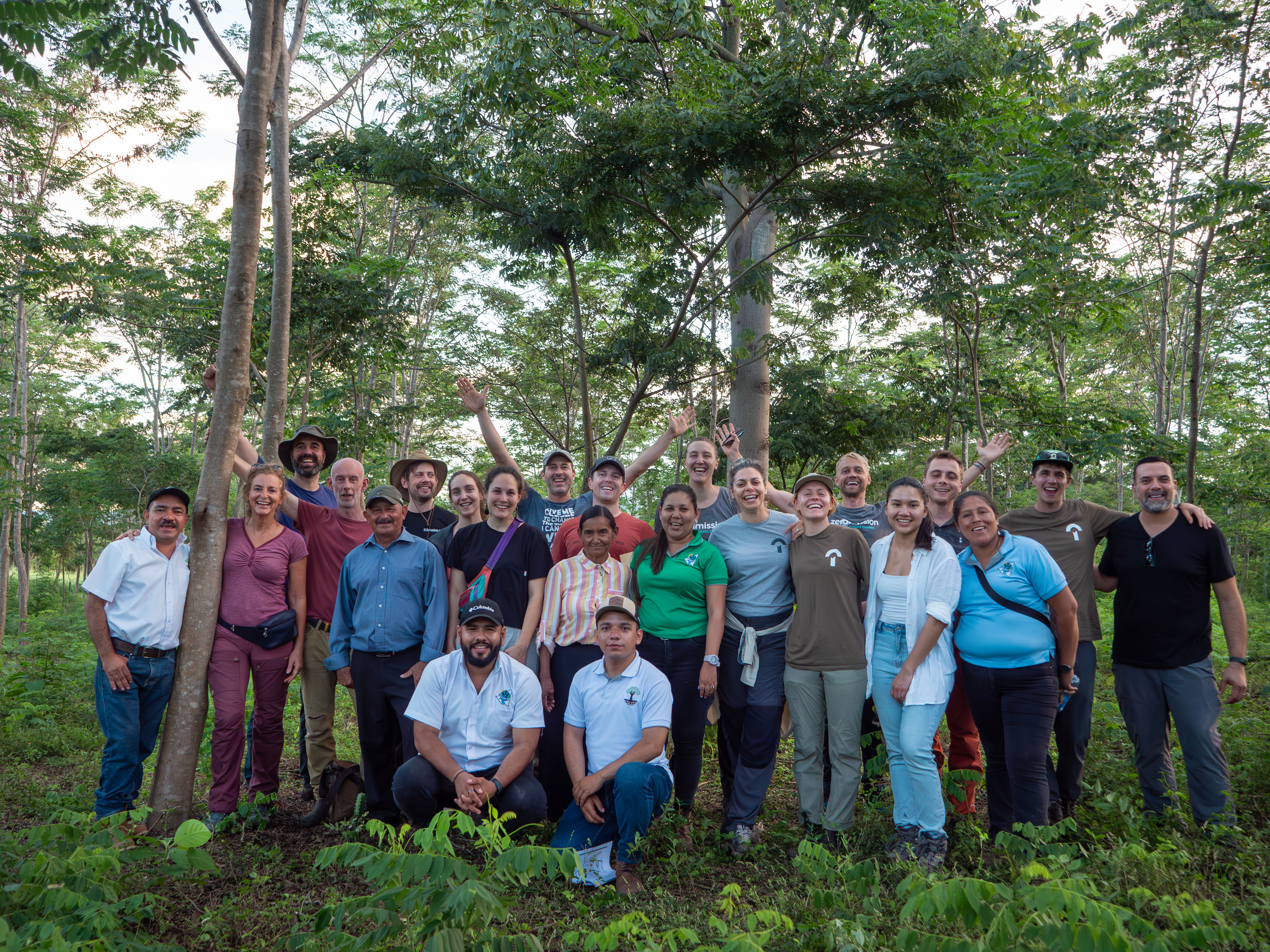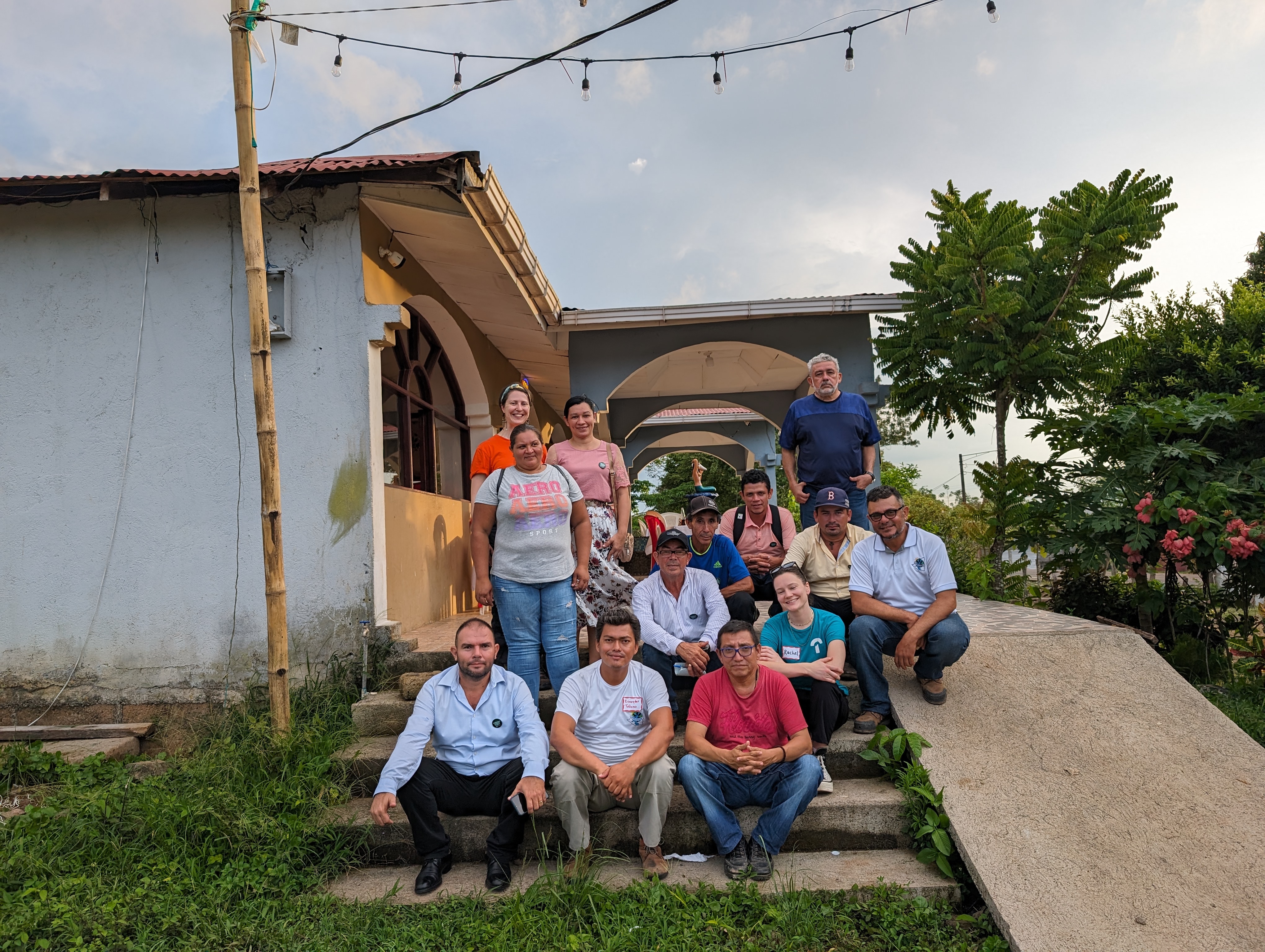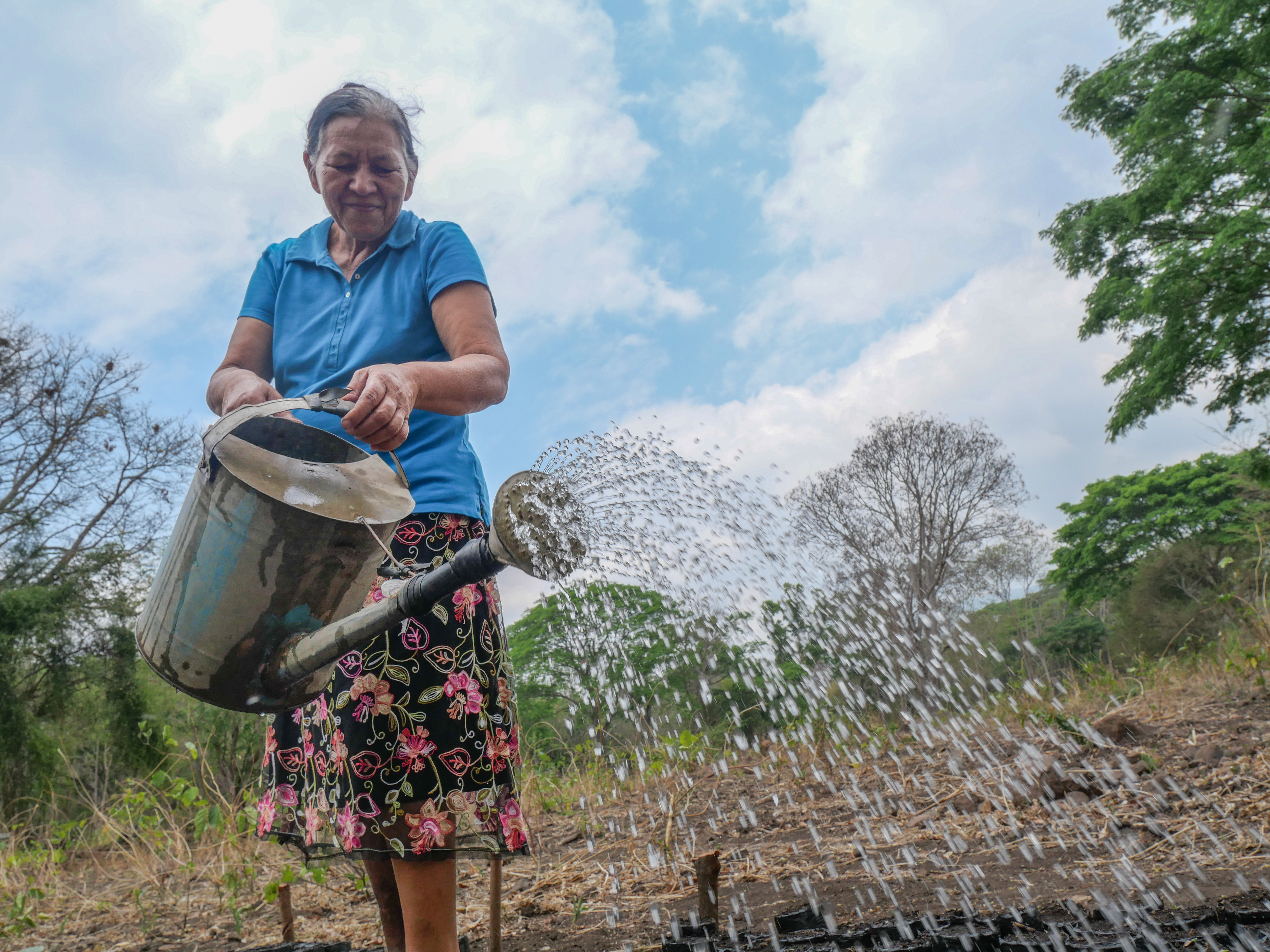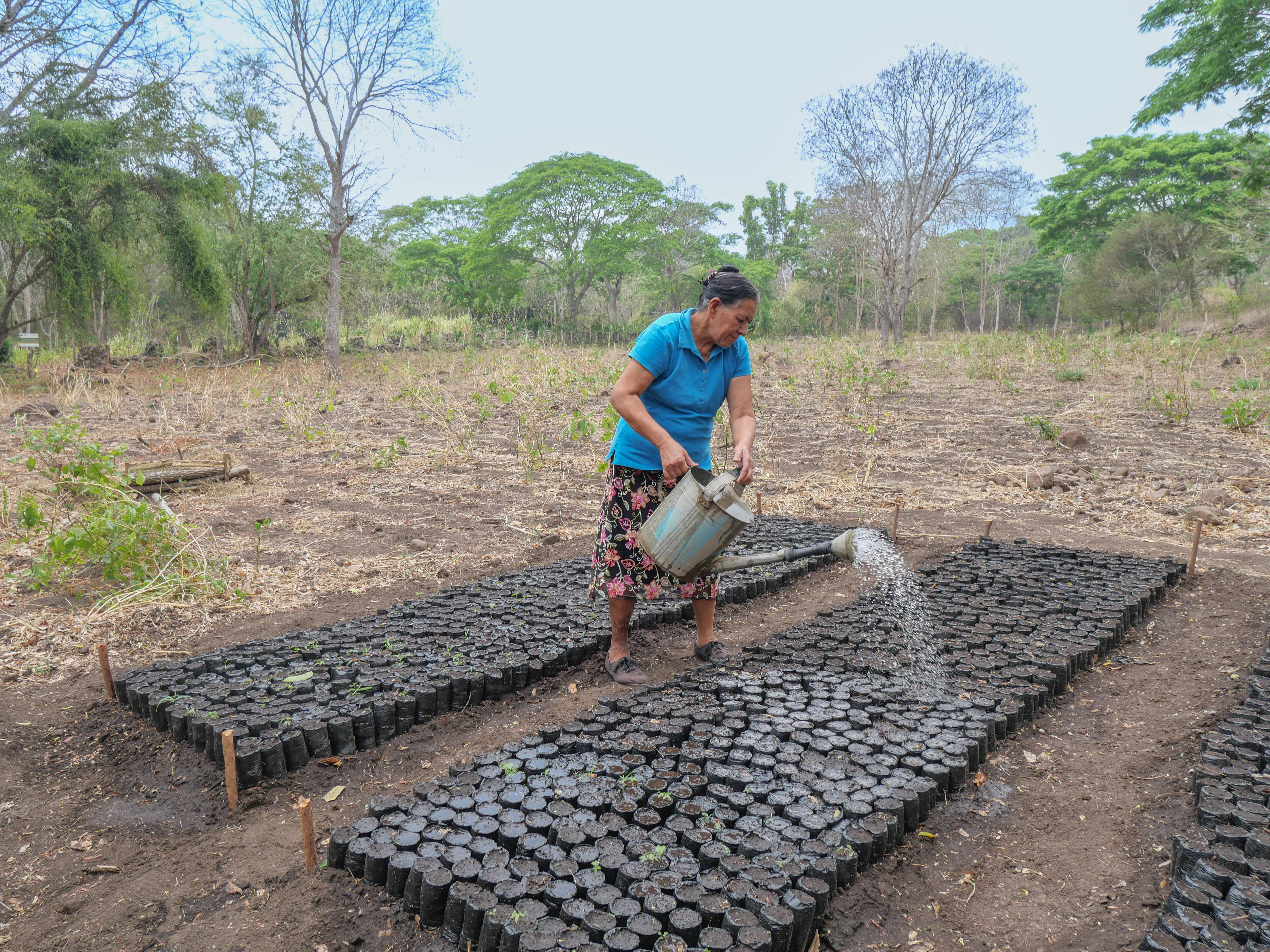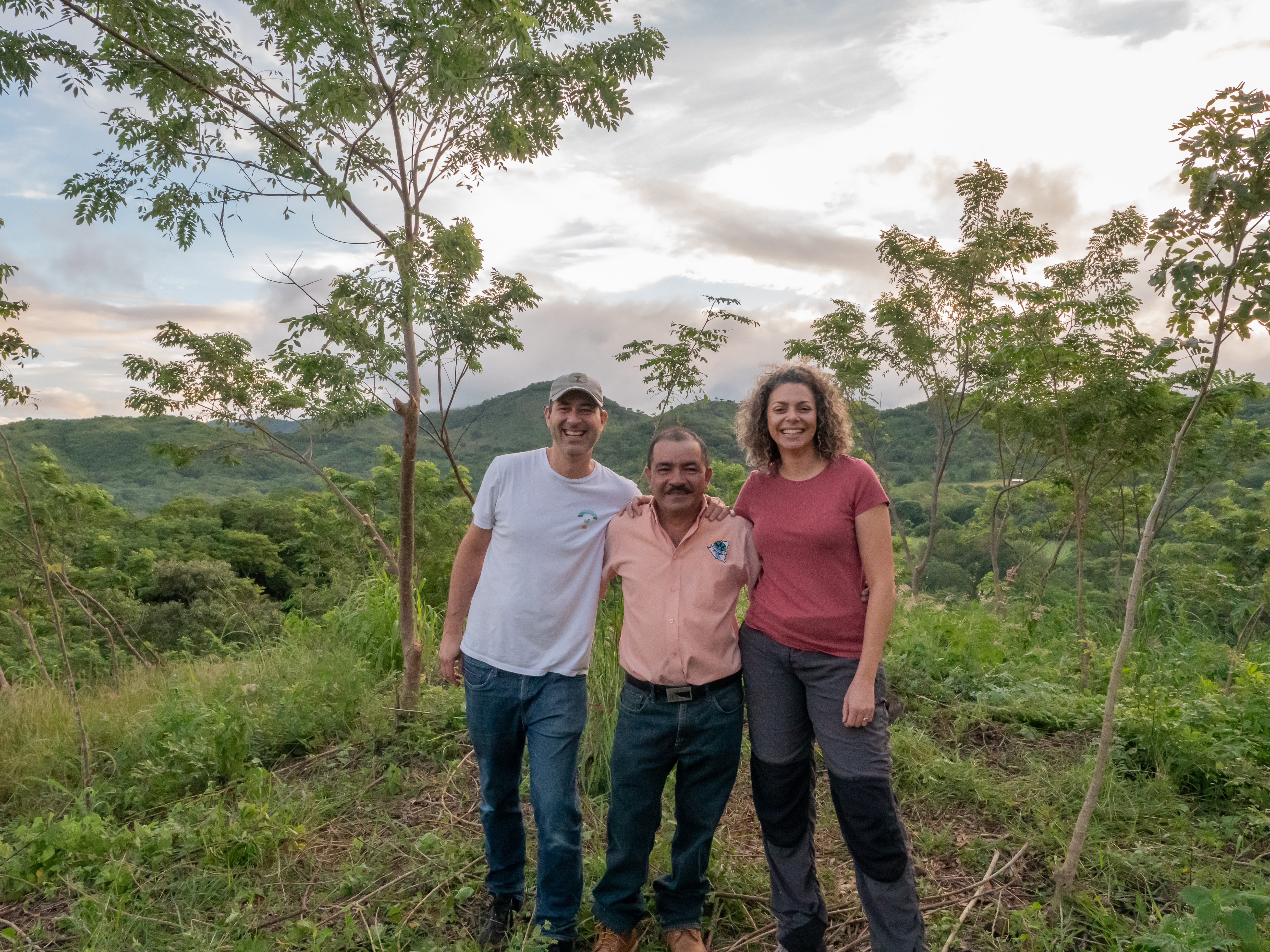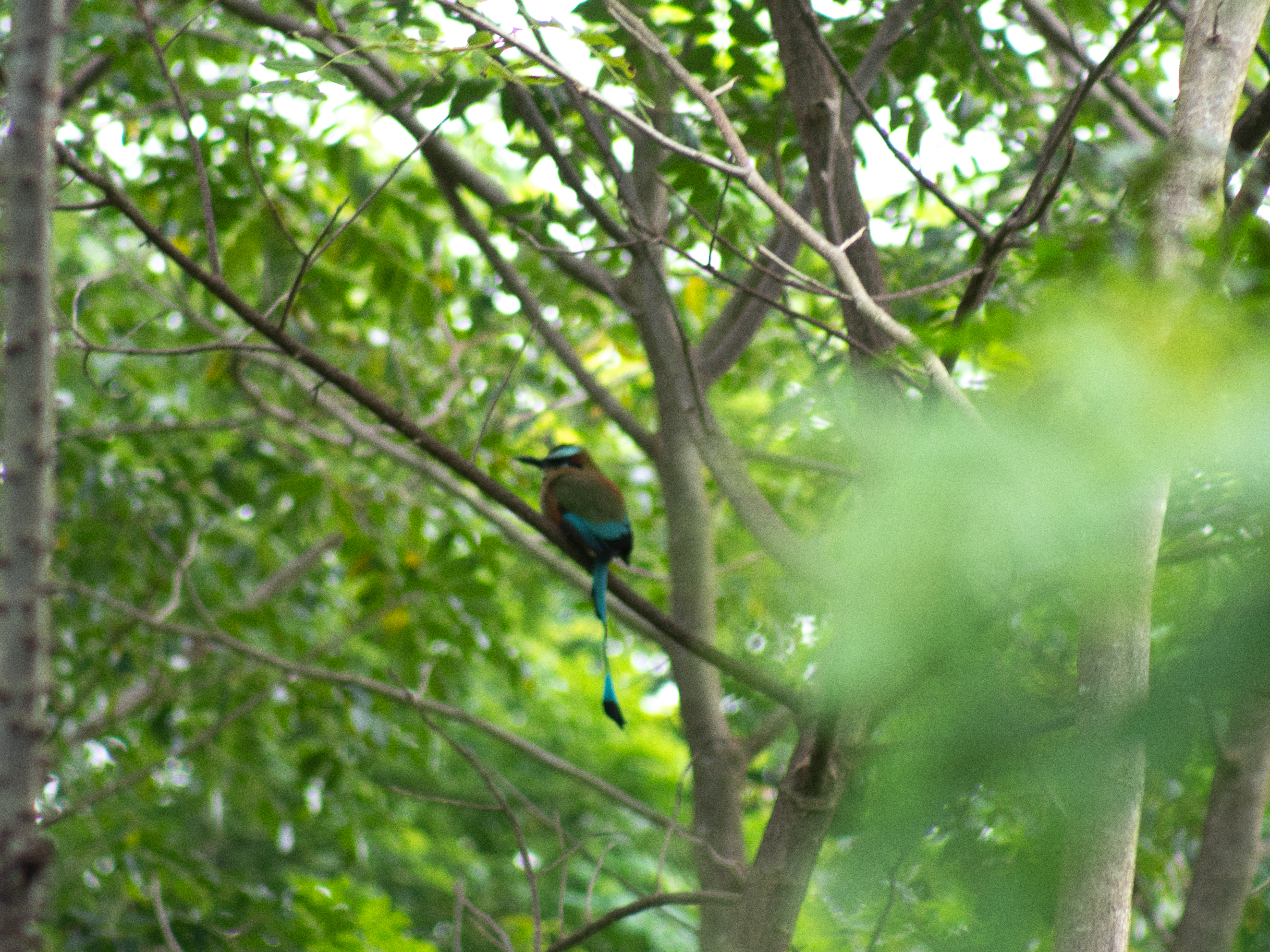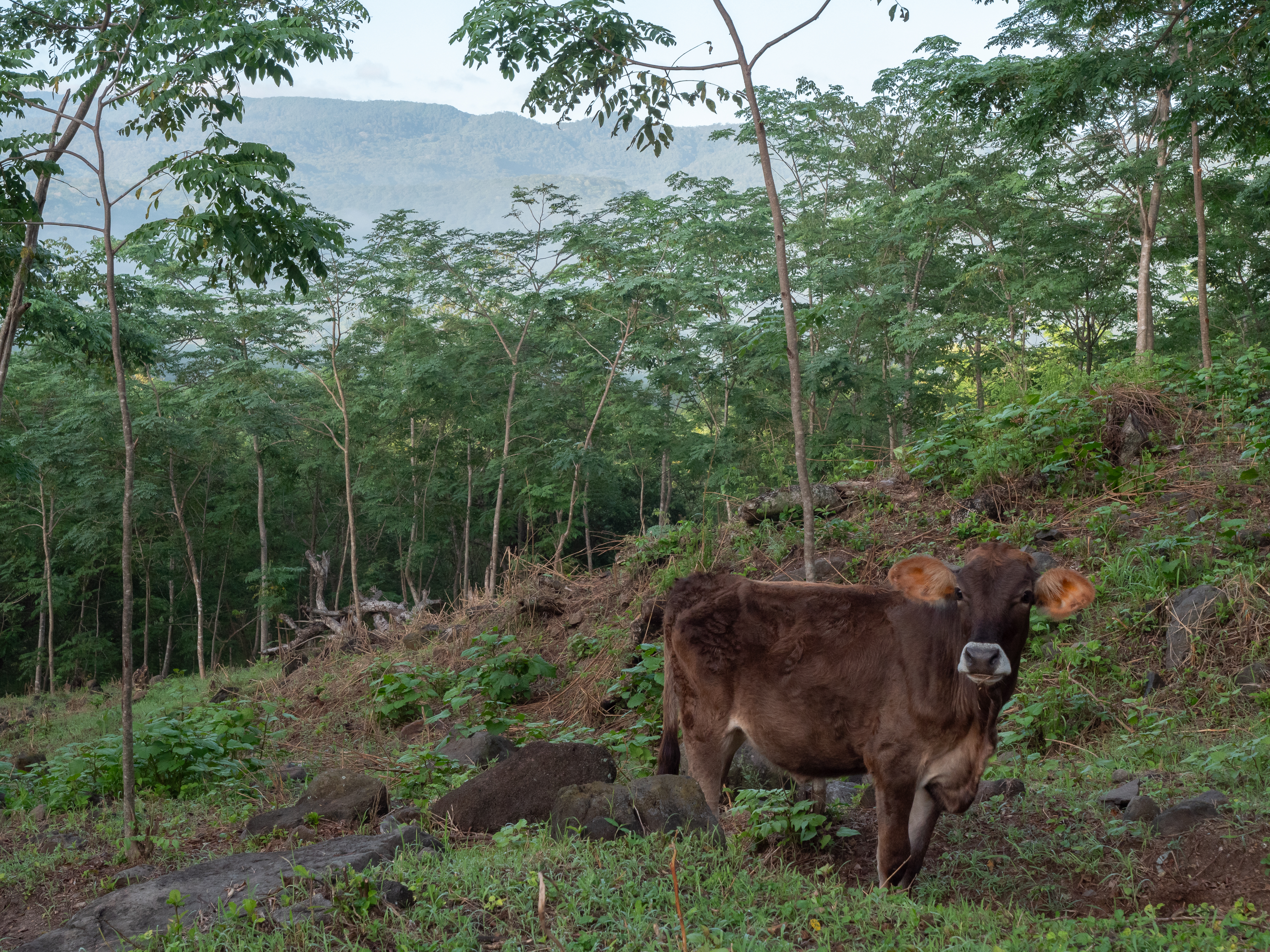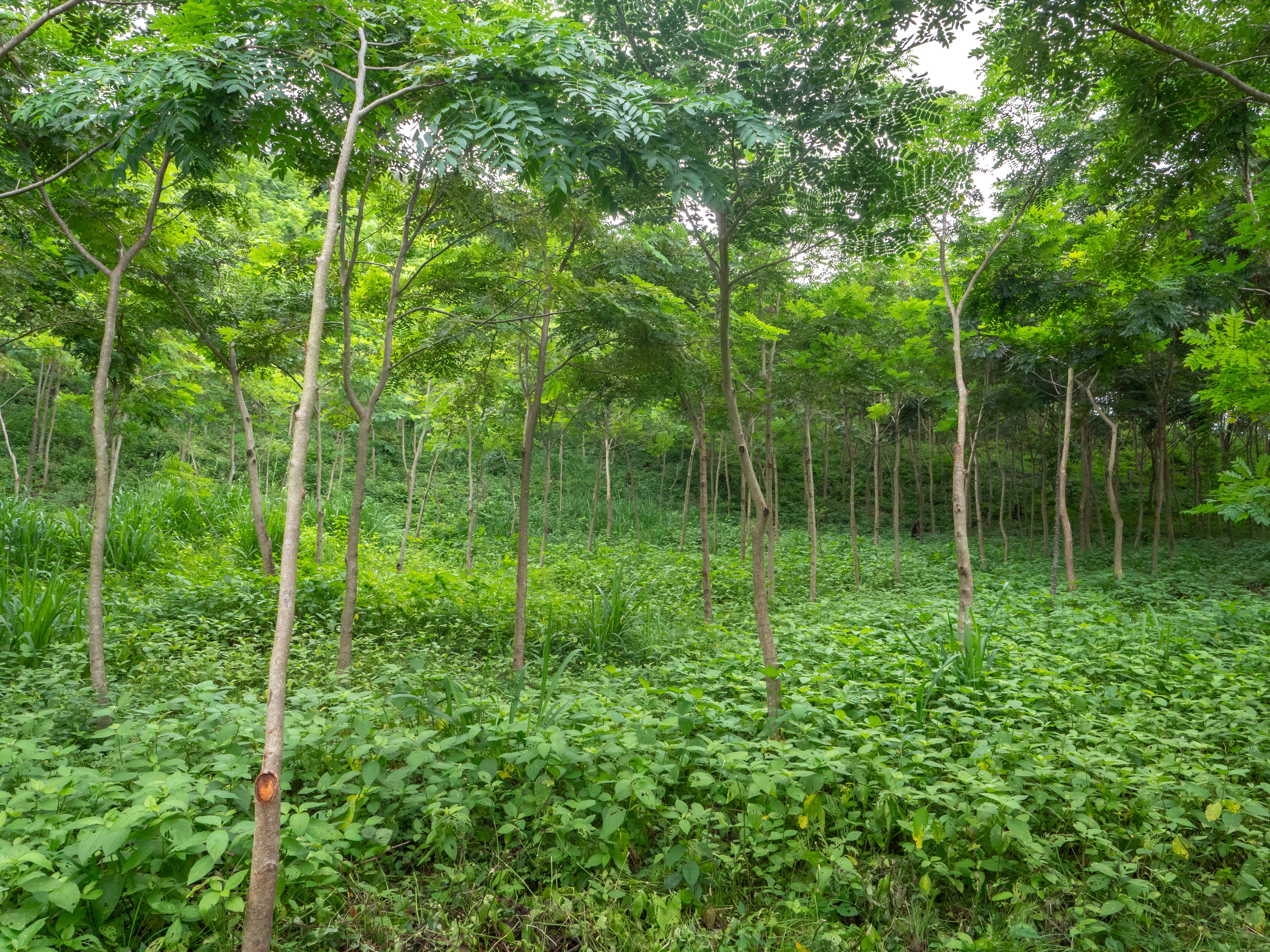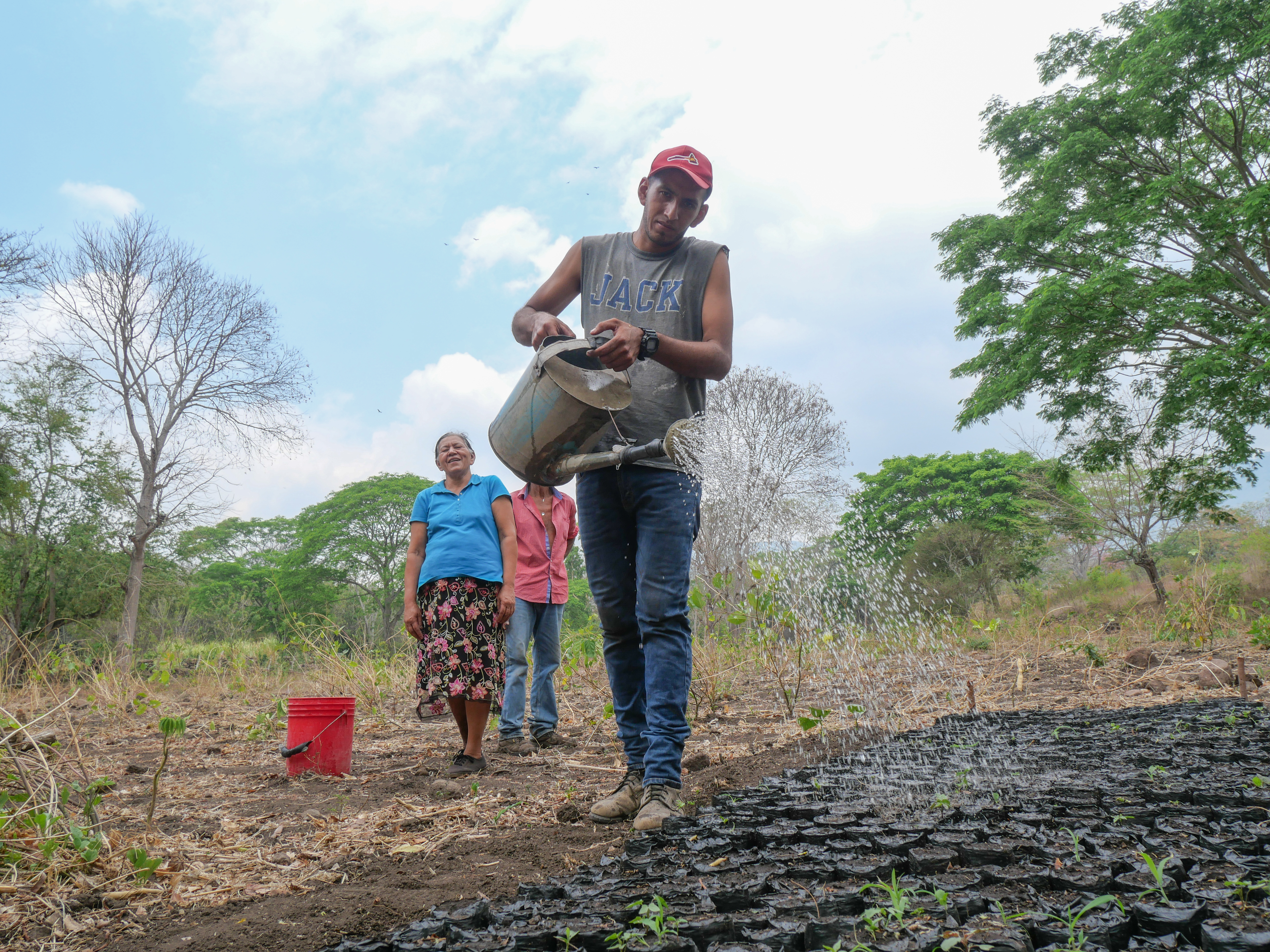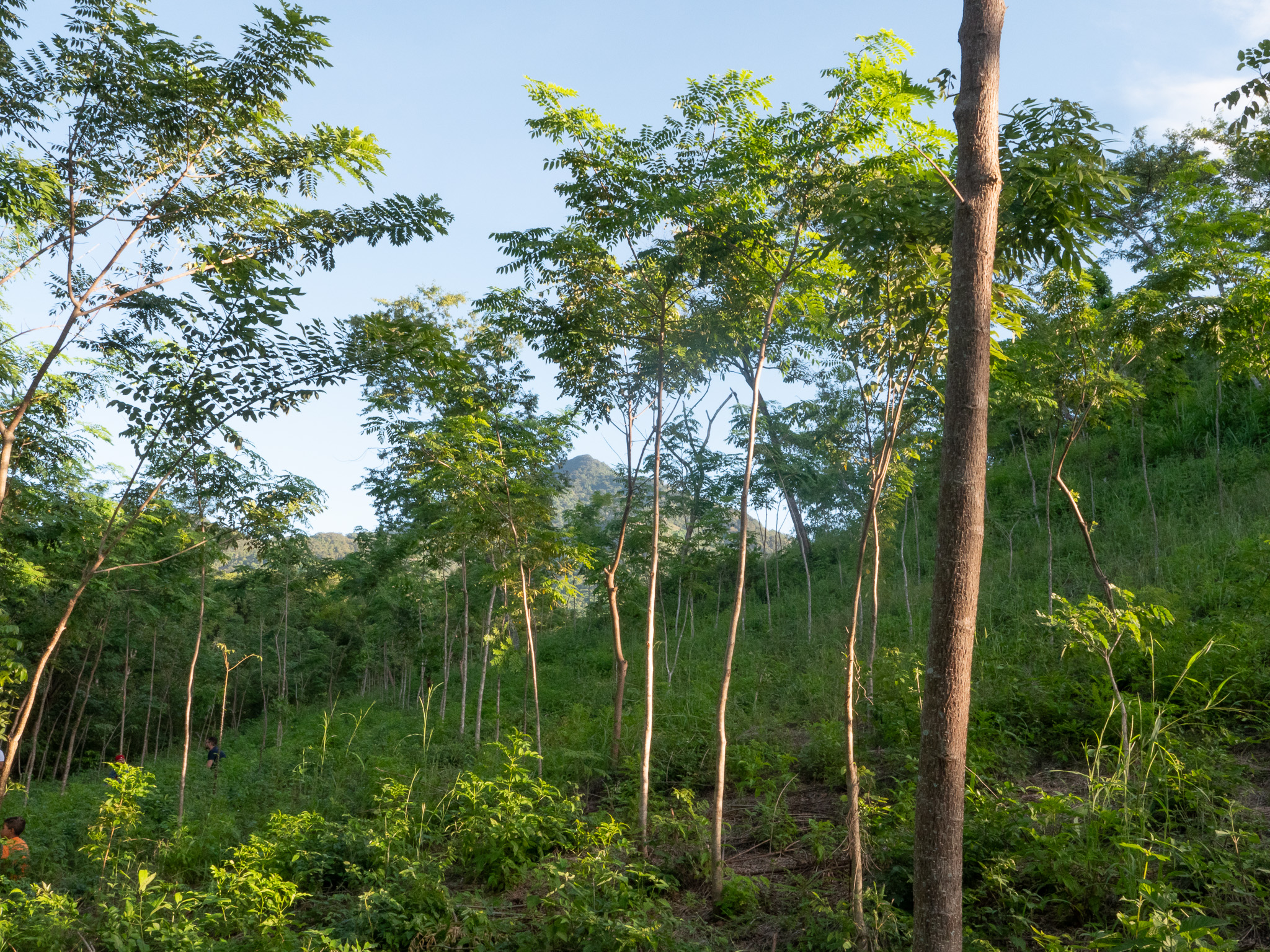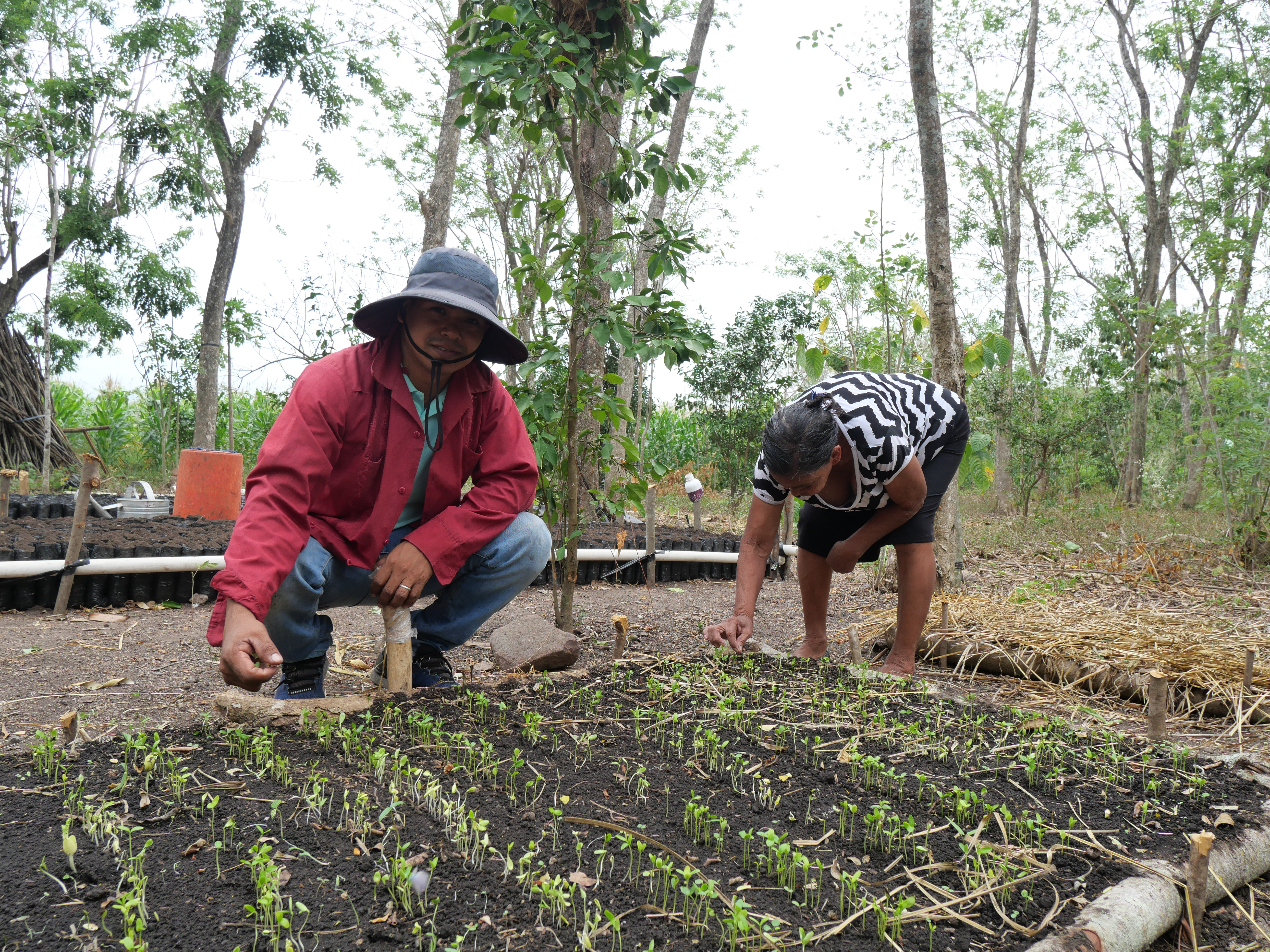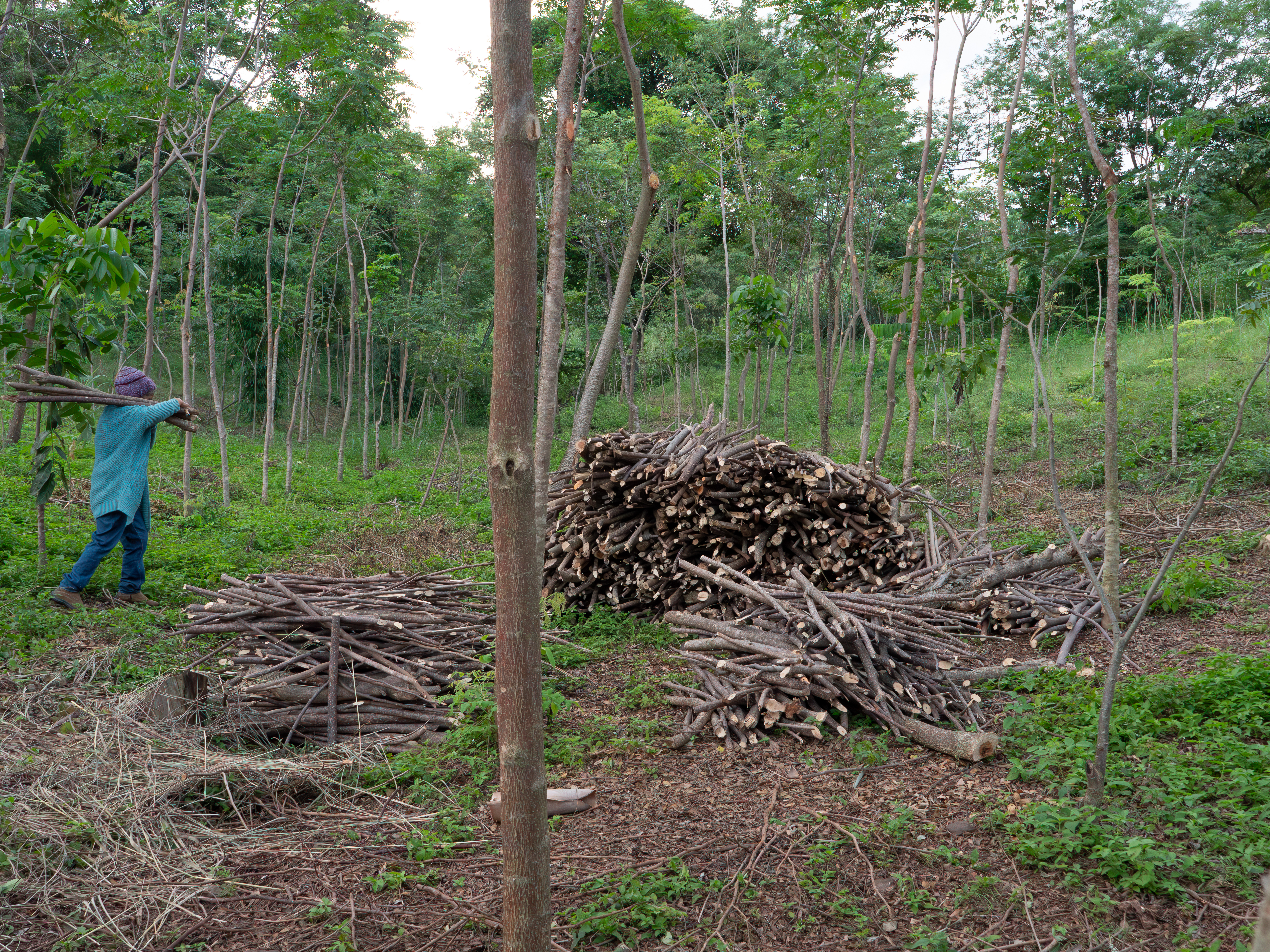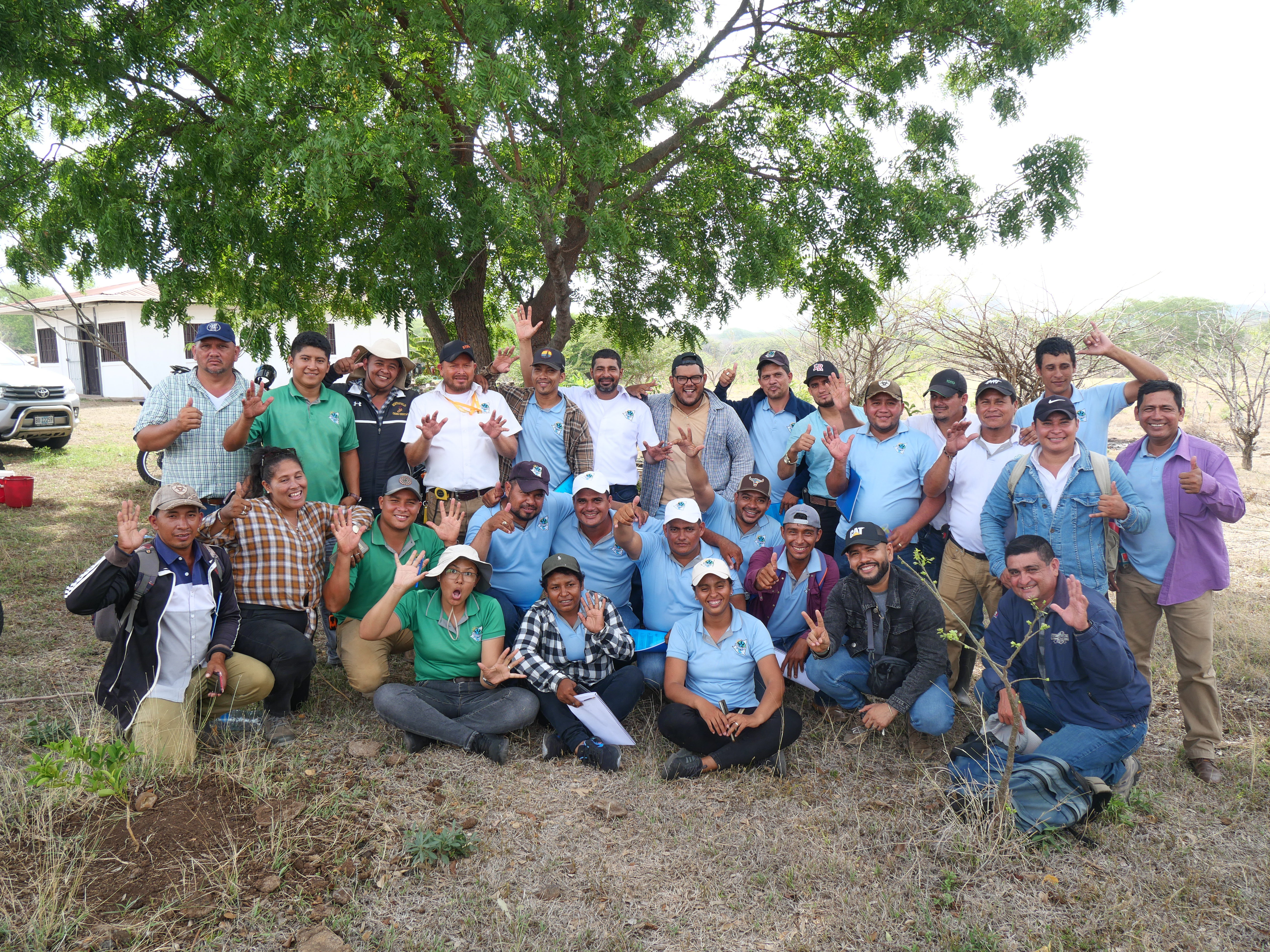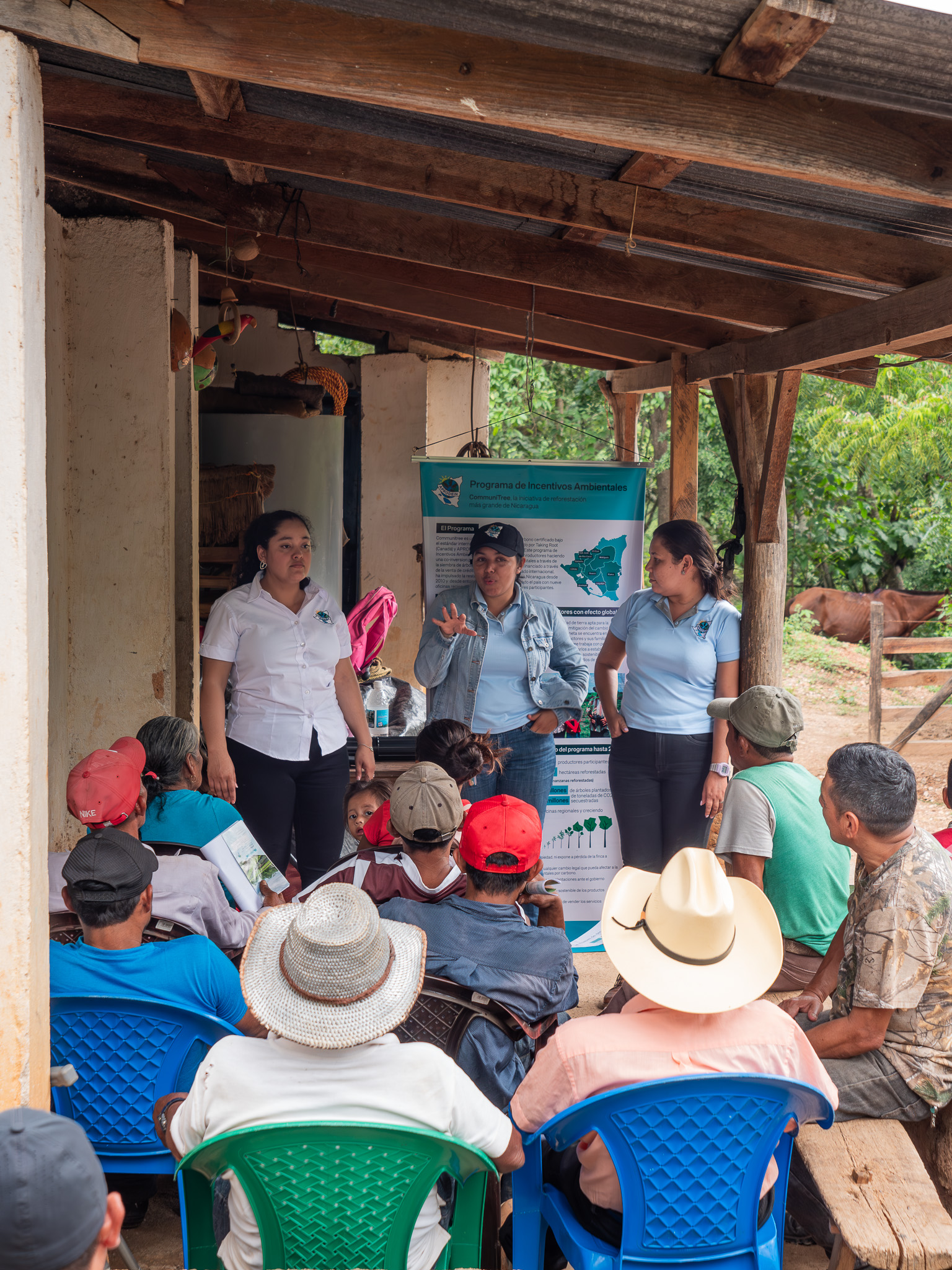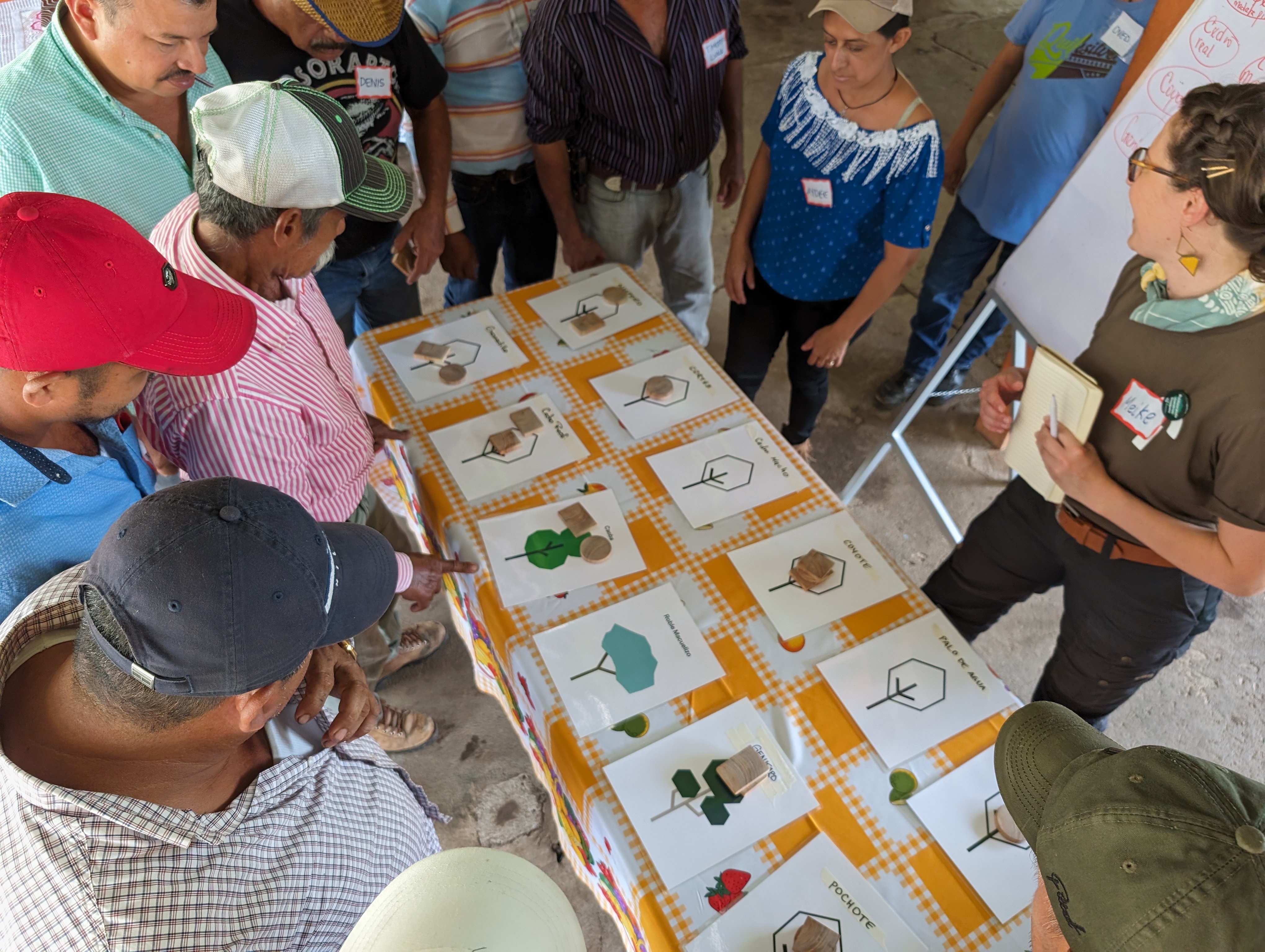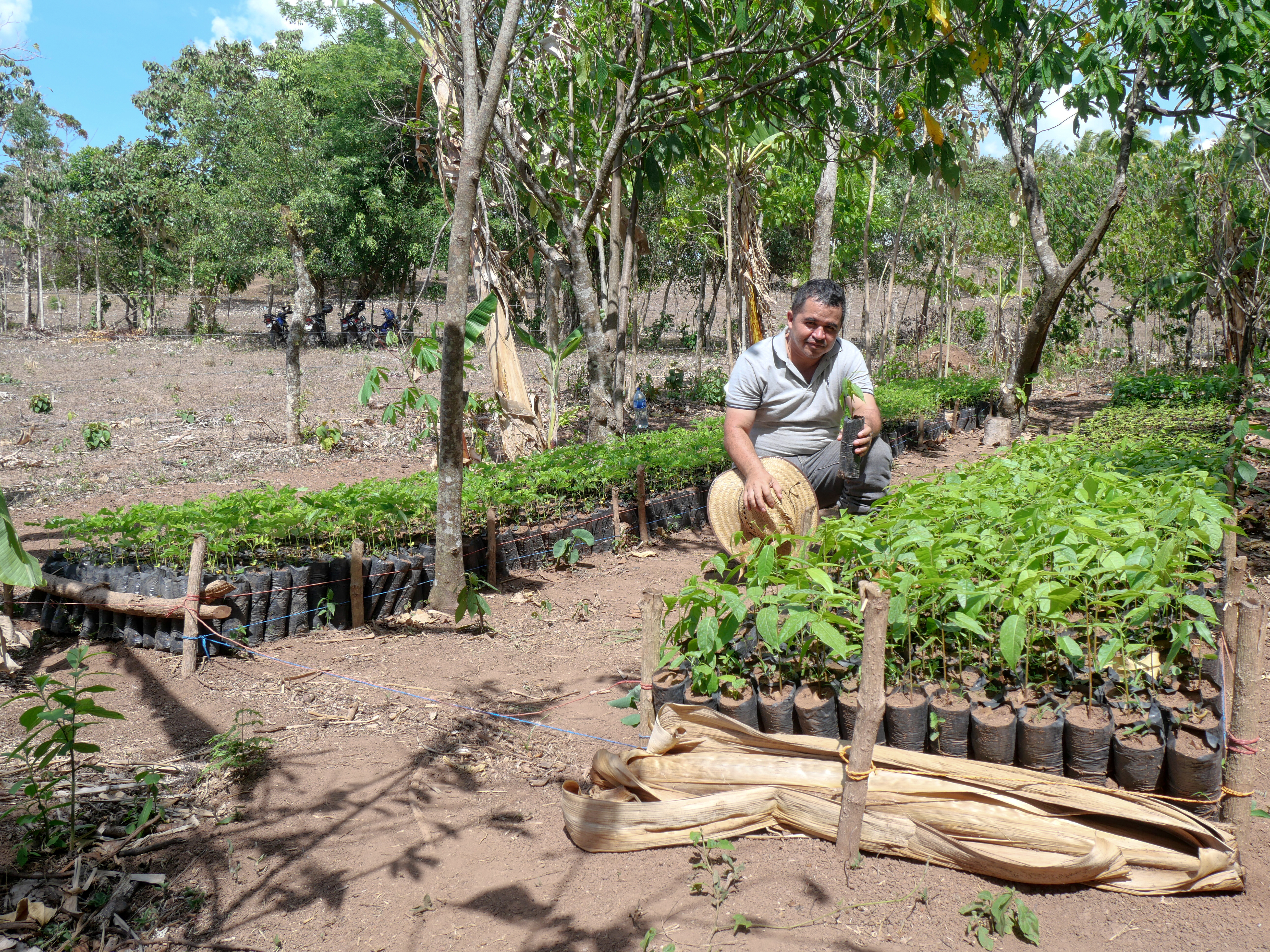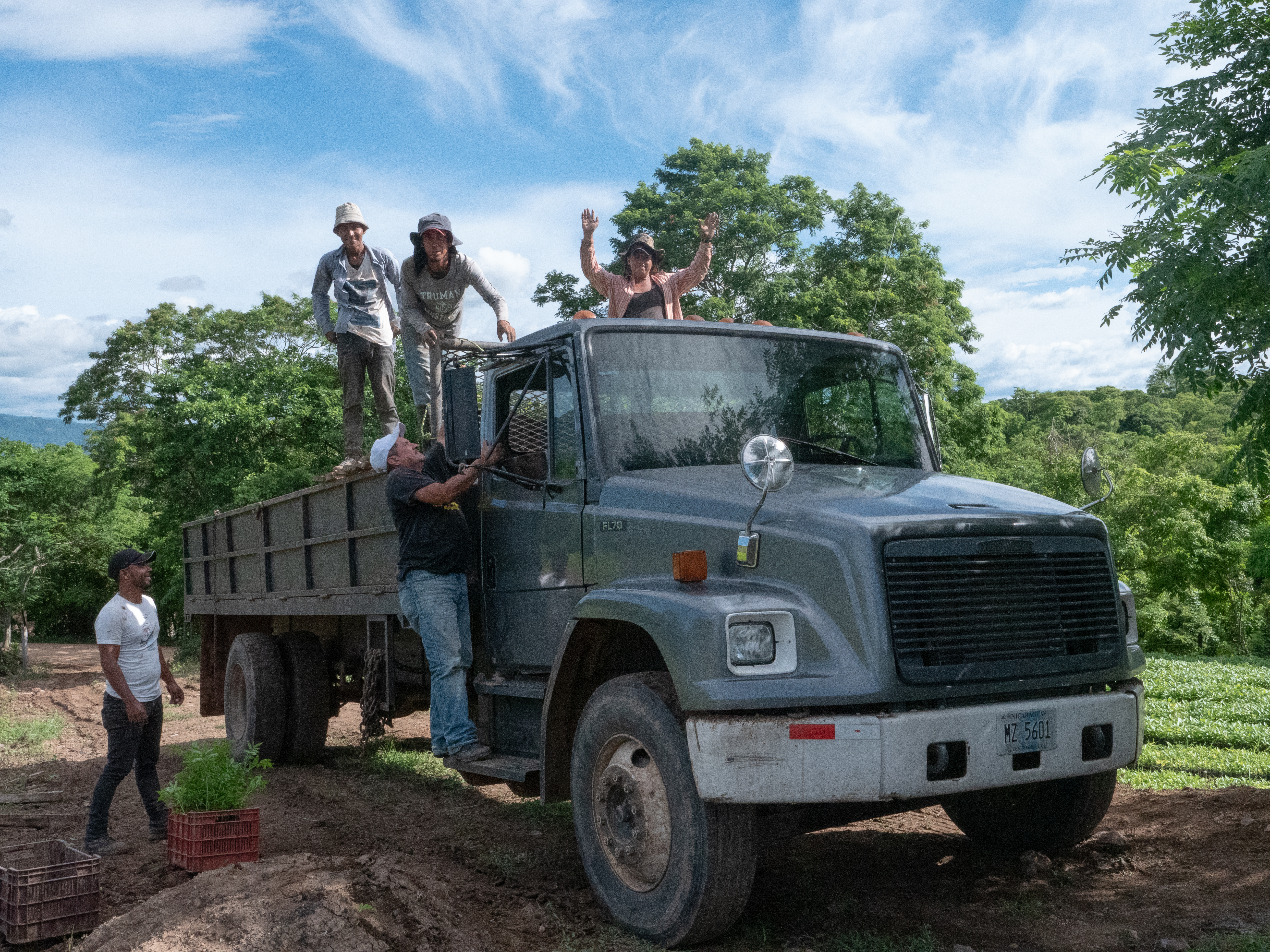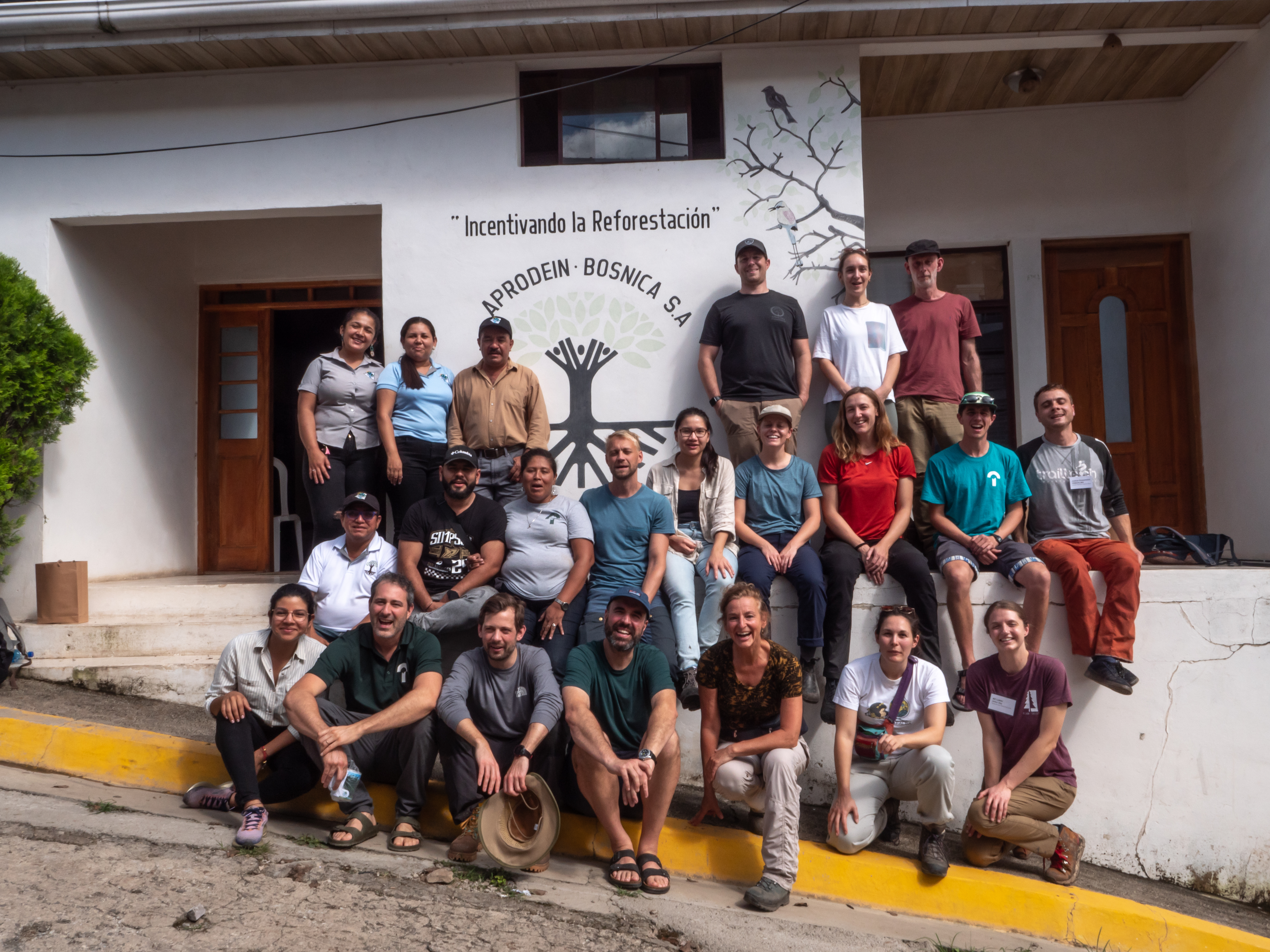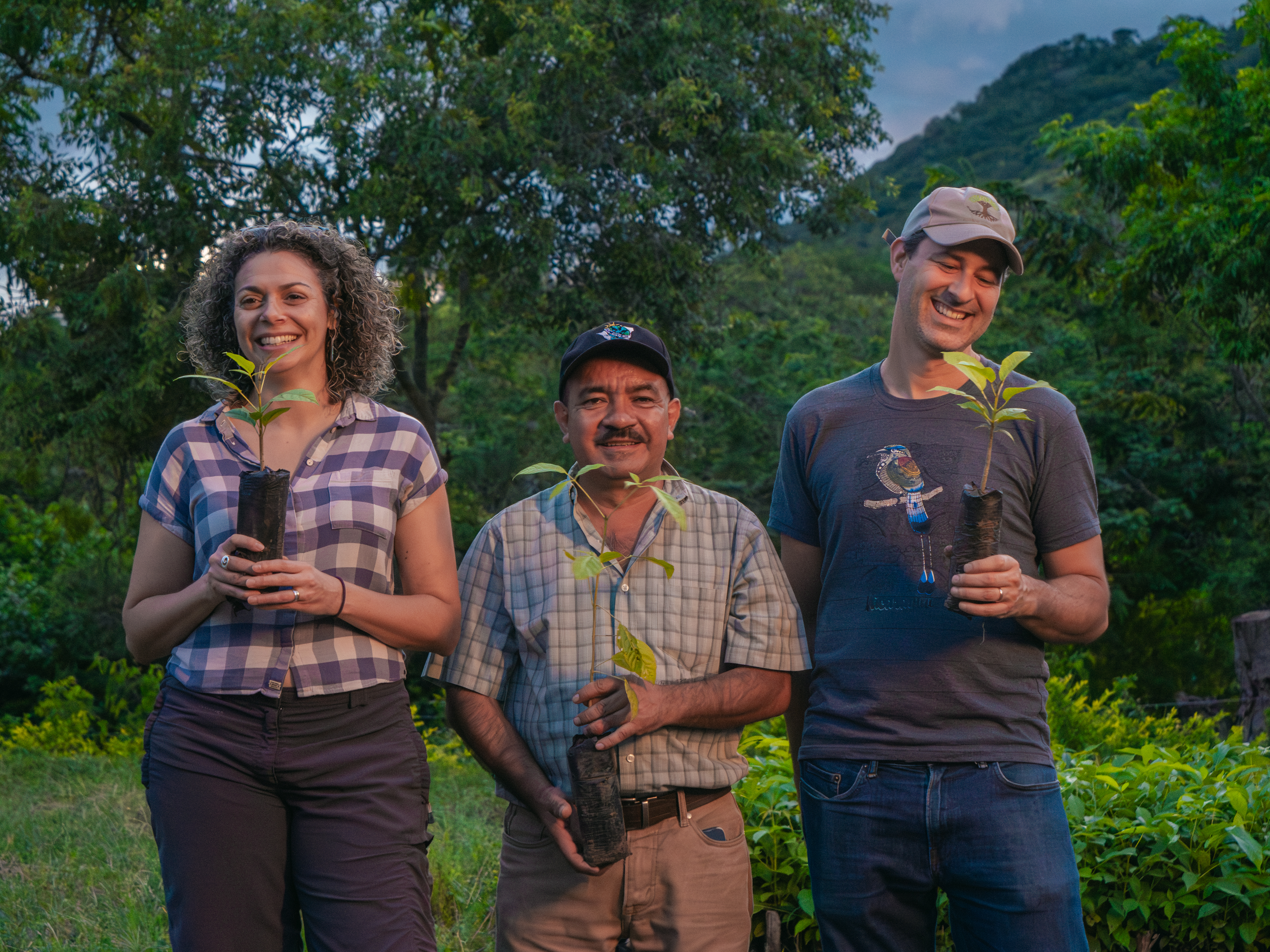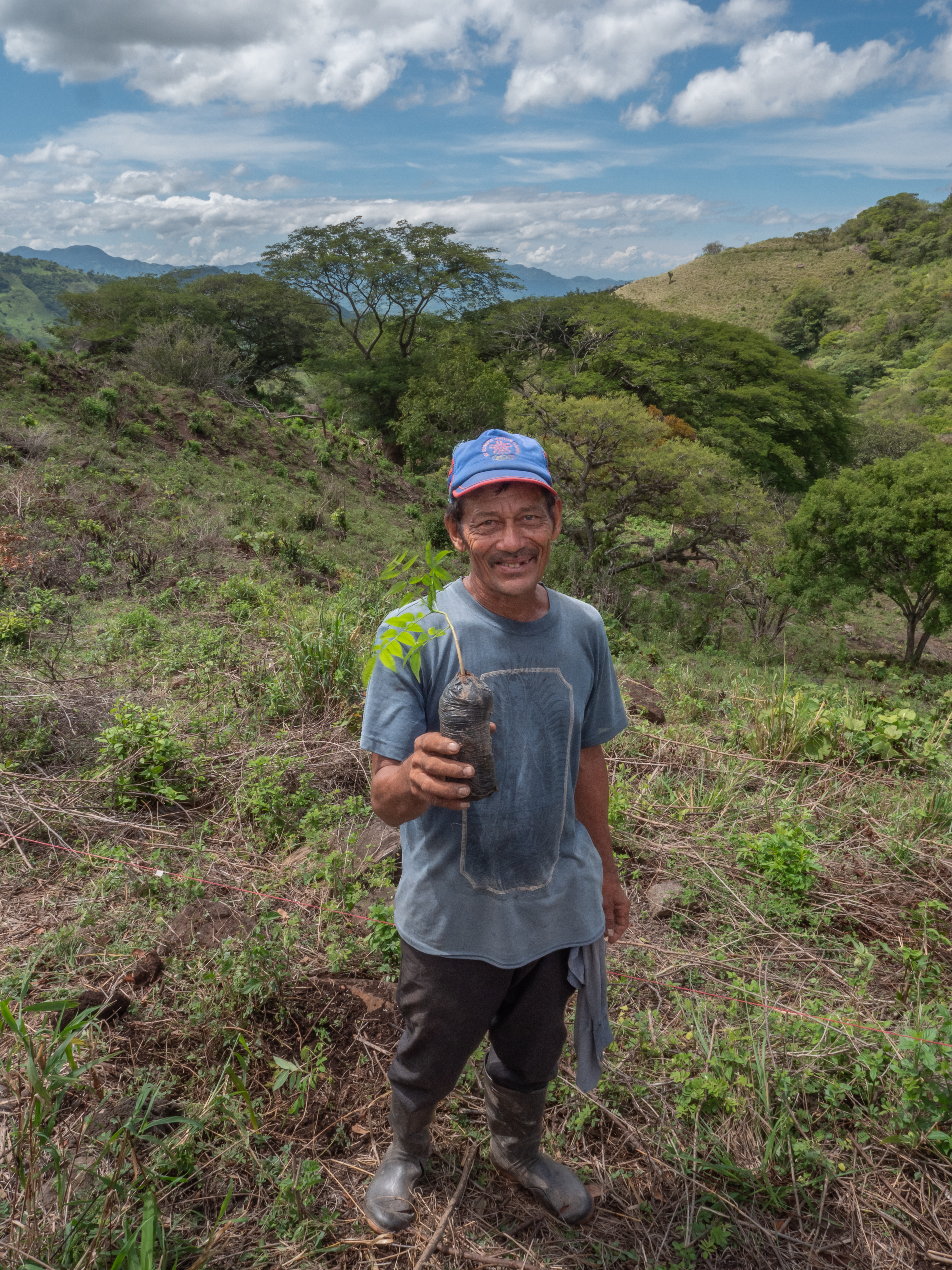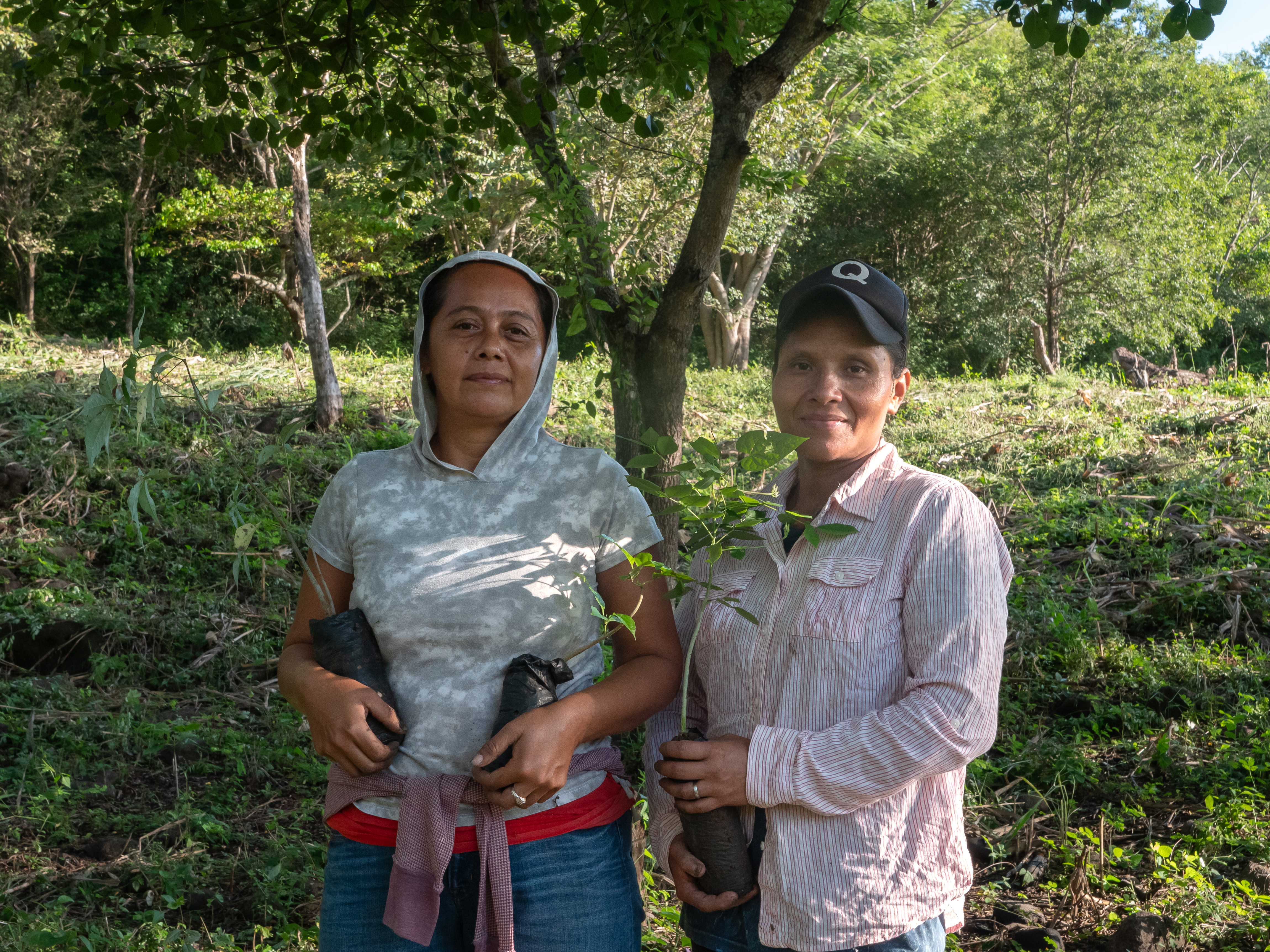Building sustainable livelihoods with coffee
Nicaragua is one of the countries with the highest deforestation rates in Central America. At the same time, it is one of the poorest countries in the Western Hemisphere, with many farmers struggling to secure a stable income while climate change and water scarcity threaten their livelihoods.
This climate project directly addresses these challenges: It supports farmers in reforesting native tree species. Farmers benefit financially: short-term income from the sale of carbon credits and long-term earnings through the sustainable management of the reforested areas, including the sale of products like coffee or biochar.
By 2023, more than 4,200 farmers have reforested approximately 14,864 hectares of land and planted over 5 million trees. These forests not only provide income opportunities but also promote biodiversity, improve soil fertility, and store carbon. Additionally, the project creates jobs and increases knowledge on sustainable forest management and climate change mitigation.

Forests are essential in our lives and are among the planet's most important carbon sinks. Besides providing habitats for wildlife, they filter the air, stabilise and protect soils, store water, and contribute to the balance of our climate. However, global forest areas have declined sharply in recent decades due to increasing settlements, agriculture, illegal logging, and raw material extraction. Afforestation, reforestation, and revegetation activities significantly increase a forest’s carbon storage capacity in both the biomass of the forest and in the soil. The storage capacity varies according to the tree species, age, and location.
Experts distinguish these activities in the following way: Afforestation converts non-forested areas into forest ones. Reforestation restores forest areas that have been damaged or deforested in the past. Revegetation increases the vegetation through planting trees, shrubs, or other plants.
Explore our projects
Biochar for Climate Action, Healthy Soils, and Better Harvests

A certified climate project combined with additional commitment

Expansion of renewable energy generation in Asia
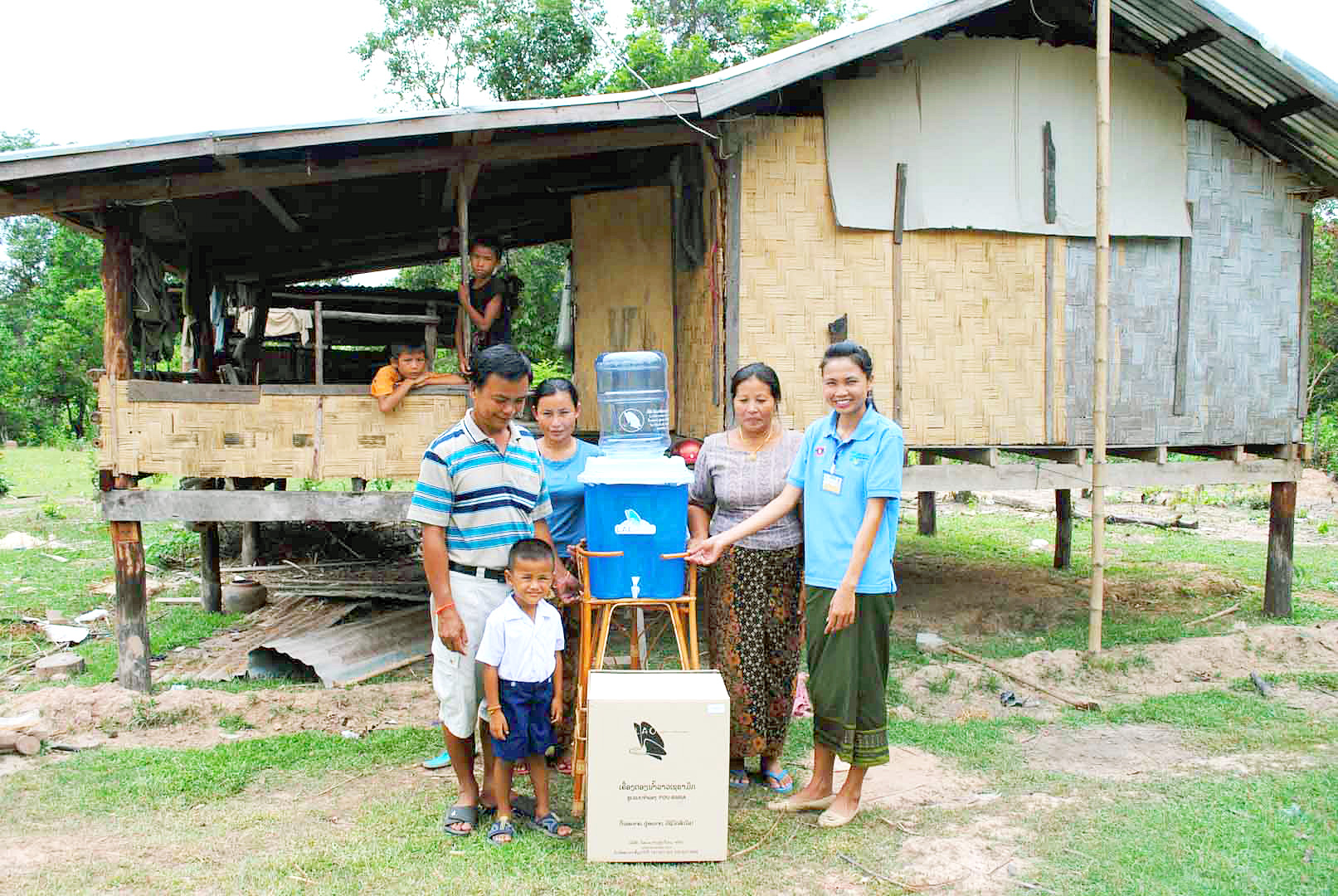
Ceramic water filters save CO2 and improve health

Improved cookstoves worldwide – for better health and cleaner air

A certified climate project combined with additional commitment

Powering access to renewable energy in Africa
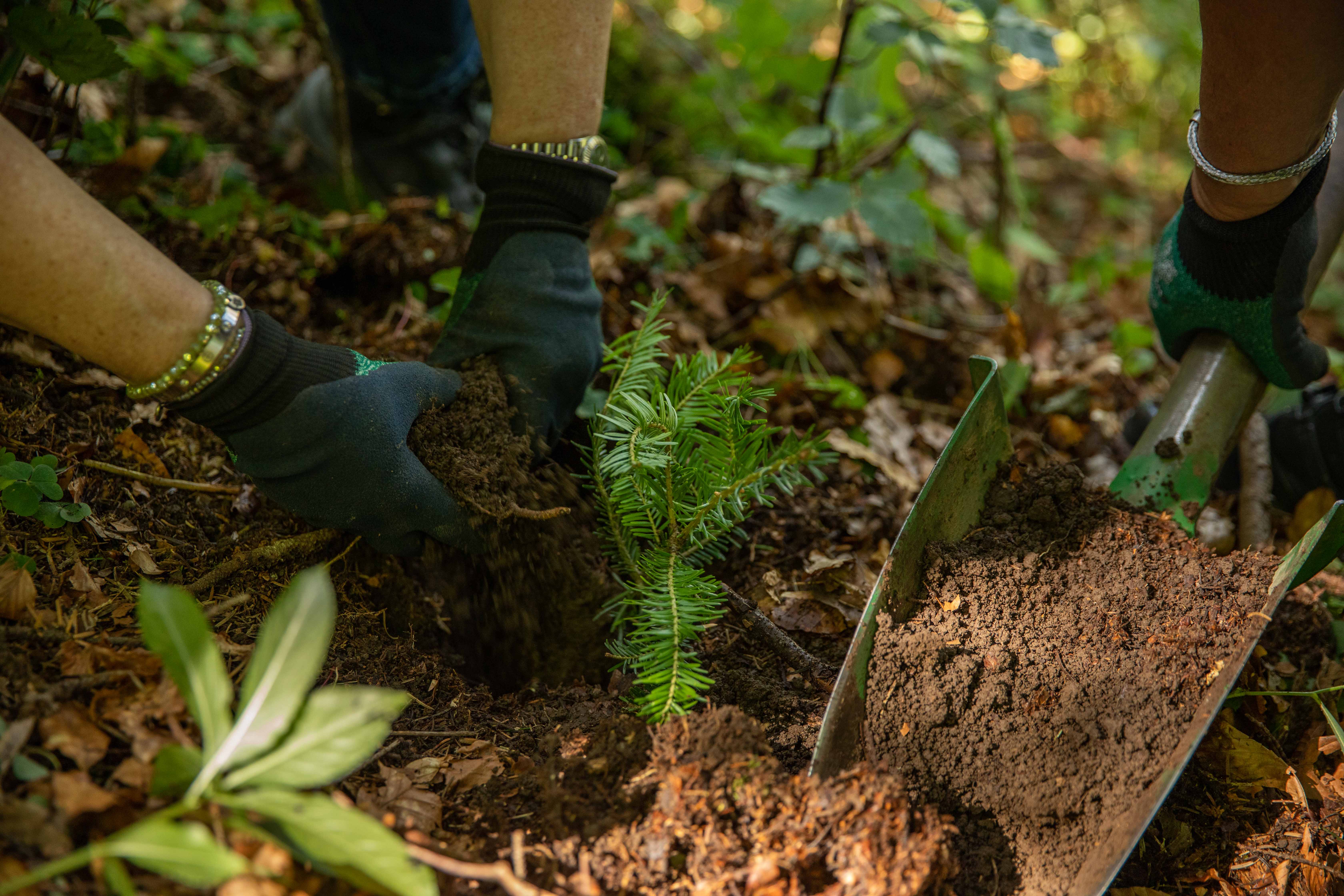
A certified climate project combined with additional commitment
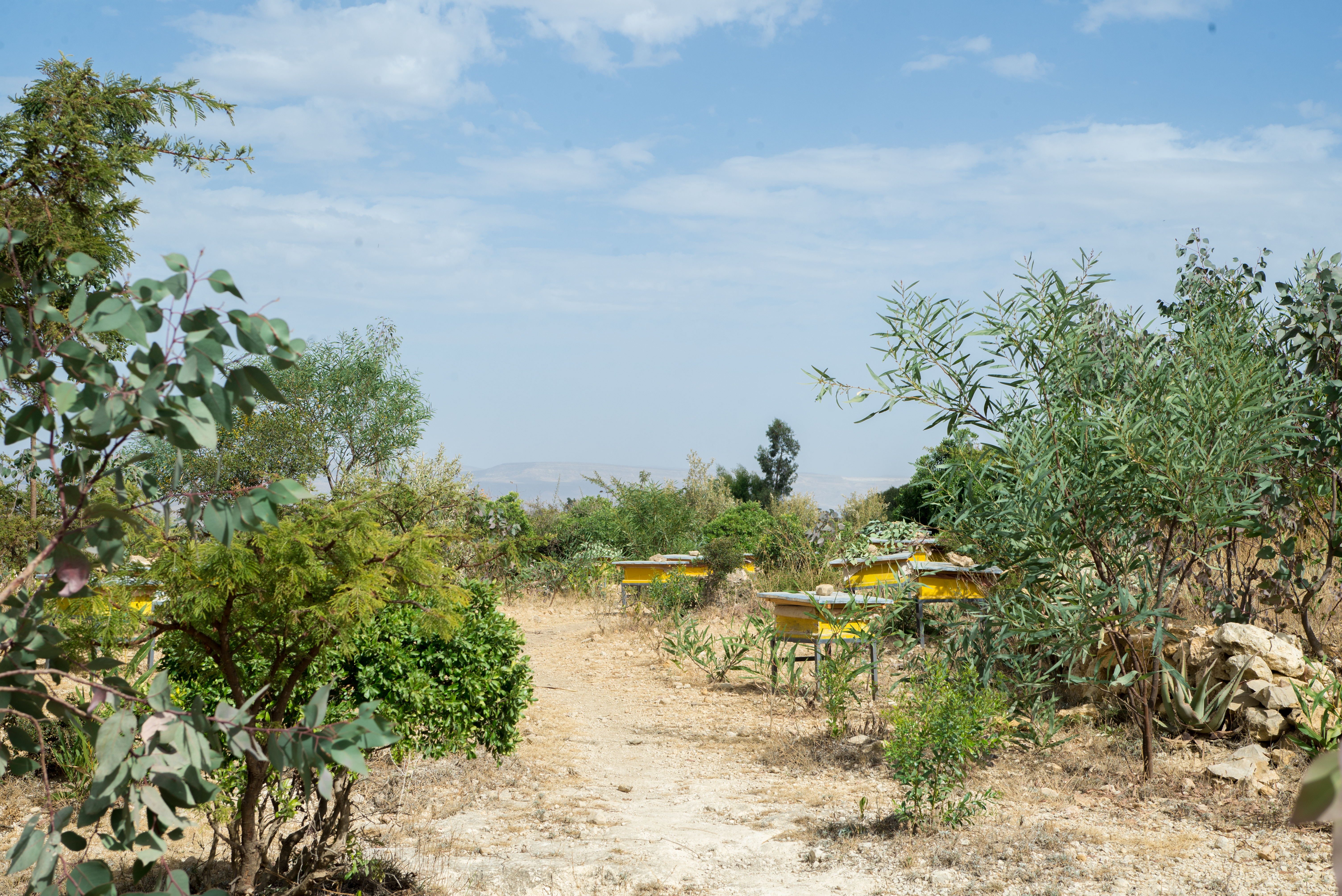
Restored ecosystems remove carbon

Turning degraded farmlands into healthy ecosystems
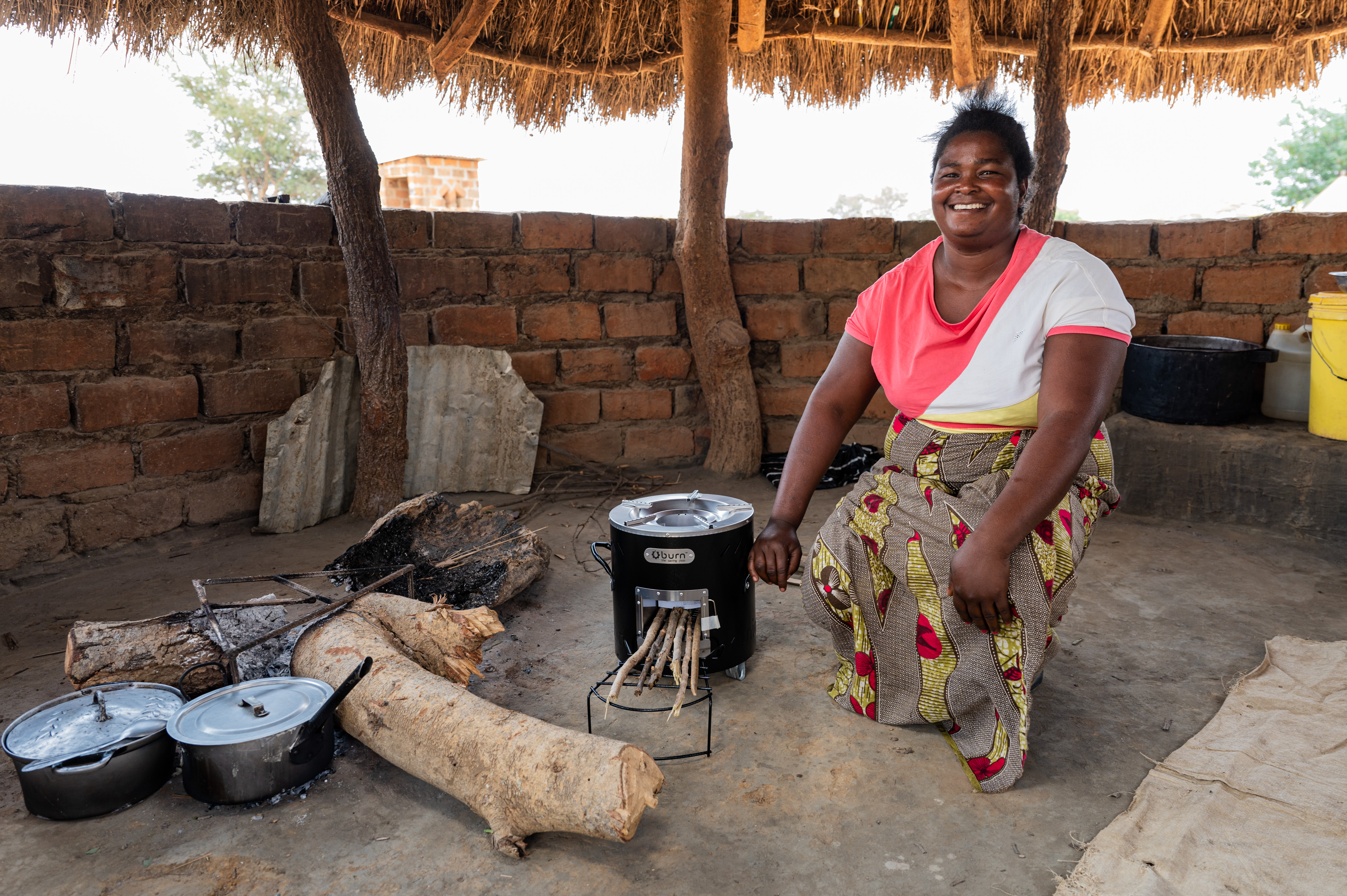
Improved cookstoves - better for health and the environment
